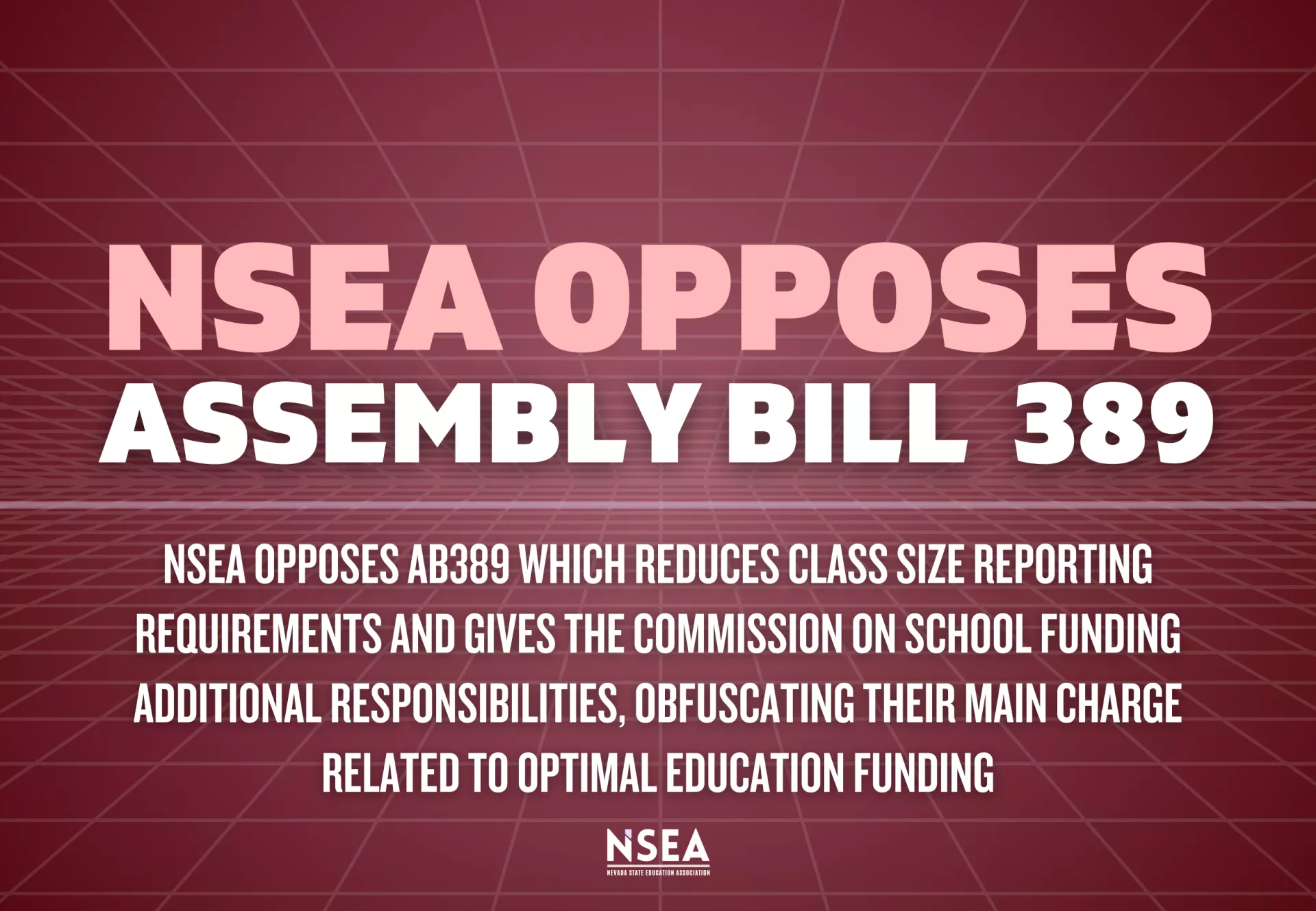Under current law, school districts must report on their class sizes quarterly and receive variances from the State Board of Education if they exceed recommended ratios. While the State Board’s issuance of variances may seem pro-forma, their quarterly hearings provide for public engagement and keep focus and attention on this important issue.
We all know Nevada has the largest class sizes in the nation, and the most recent data from the National Education Association indicates it’s not even close. During the 2022-23 school year, Nevada had 25.4 students enrolled per teacher. Arizona came in second to last with 22.8, a difference of more than 2.5 students per teacher. Of course, these numbers include teachers outside of classrooms, meaning many Nevada classrooms have 30, 35, 40, or more students!
The number of students in a class makes a real difference for students and teachers alike. For students, smaller class size can help close the racial achievement gap, lead to earlier identification of learning disabilities, improve high school graduation rates, improve student behavior, and allow for more engagement in lessons. For educators, smaller class size improves educator morale as it allows for more individual and differentiated instruction, less time on paperwork, and stronger classroom management as teachers become more aware of individual students’ strengths or weaknesses.
Nevada’s large class sizes are a direct result of chronic underfunding of education. To help address this, the Commission on School Funding was created in 2019 to study and recommend a plan to reach optimal education funding in 10 years. In 2022, the Commission presented a clear, research-backed plan to reach optimal funding within 10 years. Today, Nevada trails the national average by more than $4000 per student today. To reach optimal funding, Nevada would need to increase funding by $700 to $800 perpupil in each of the next 10 years.
In a cold rebuke of the Commission’s work, the Governor proposed to increase base funding by only $2 per pupil next year. Of course, $2 won't keep up with increasing costs, especially with a 3.25% PERS increase coming in July and inflation that is once again trending up. We don’t believe the Commission on School Funding should be assigned even more responsibilities while their recommendations related to their primary mission are ignored. NSEA asks for your opposition to AB389.
What's On Your Mind?

